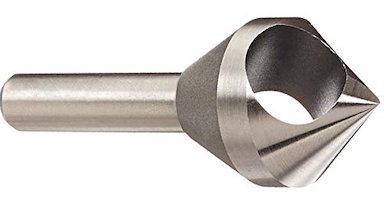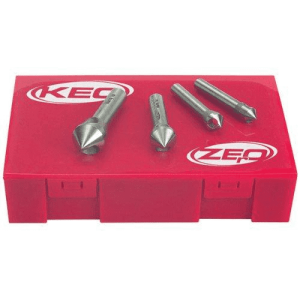- Joined
- Feb 24, 2015
- Messages
- 1,382
Every now and then I have to make a counter sink in a preexisting hole and I'm unable to clamp it because of the size of the part.
Invariably, the countersink tool chatters and I end up with a six sided countersink.
I've tried every speed and feed with no success.
Doing some research, I've seen recommendations that a single end countersink will work.

Does anyone have any experience with these, and do they work as claimed? Are there any tricks to it?
I'm open to any suggestions.
How about a single flure countersink? Any better? I used to have one of these bt it's disappeared.

Invariably, the countersink tool chatters and I end up with a six sided countersink.
I've tried every speed and feed with no success.
Doing some research, I've seen recommendations that a single end countersink will work.

Does anyone have any experience with these, and do they work as claimed? Are there any tricks to it?
I'm open to any suggestions.
How about a single flure countersink? Any better? I used to have one of these bt it's disappeared.



